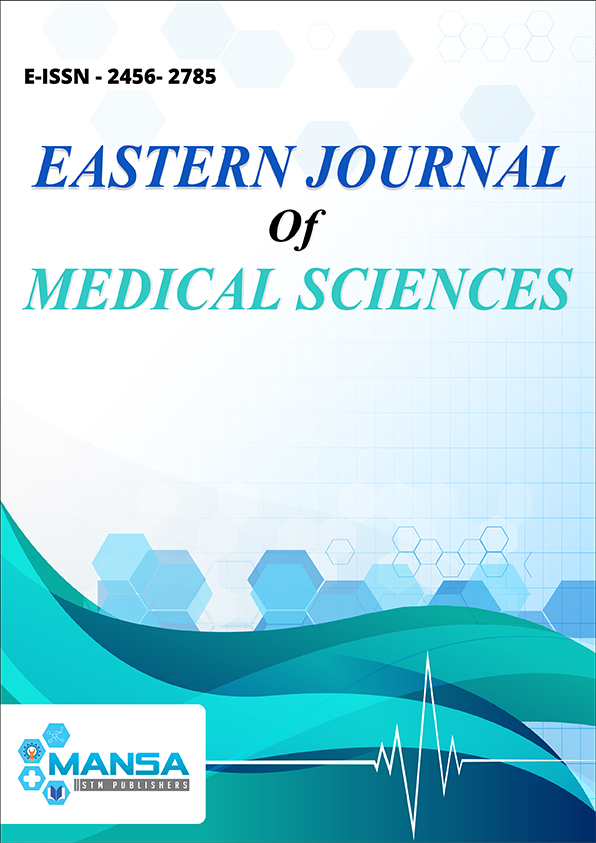Neurodevelopmental outcomes secondary to congenital heart disease
DOI:
https://doi.org/10.32677/ejms.v10i1.4767Keywords:
Congenital heart disease, genetic syndrome, Hypoplastic left heart syndrome, Valvular anomaliesAbstract
Congenital heart disease (CHD) affects millions of newborns every year which is about 6–8 per 1000 live births. CHD has a considerable impact on mortality and morbidity, with a global death rate of 3.9 per 100,000 live births as of 2017. CHD is a broad term that includes cyanotic-acyanotic defects, conotruncal and non-conotruncal defects, hypoplastic left heart syndrome (HLHS), valvular anomalies, total anomalous pulmonary venous return (TAPVR) and cardiac septal defects. The lengthy hospitalization required for CHD patients limits experience-dependent adaptability and experience-dependent motor development, increasing their risk of neurodevelopmental delays. About 25% of CHD cases require surgical management which by itself increases the risk of these delays. Early identification and consistent follow-up have been shown to enhance neurodevelopmental outcomes. The use of Cardiac Neurodevelopmental Outcome Collaborative 0-5 neurodevelopmental assessment improves the accuracy of the diagnosis of developmental delay in CHD patients and opens the door to early intervention, improving behavioral, psychological, and academic functioning. To improve the quality of life the AHA has endorsed the importance of early intervention through the use of surveillance, screening, evaluation, and re-evaluation for neurodevelopmental delays. This review article focuses on the pathophysiology of neurodevelopmental delays in CHD patients, its diagnosis as well as its management to improve neurodevelopmental outcomes.
Downloads
Downloads
Published
Issue
Section
License
Copyright (c) 2025 Gurwinder Singh, Paawanjot Kaur, Vasu Gupta, Nikita Garg, Kinna Parekh, Bawan Rezhan, FNU Anamika, Rohit Jain

This work is licensed under a Creative Commons Attribution-NonCommercial-NoDerivatives 4.0 International License.

